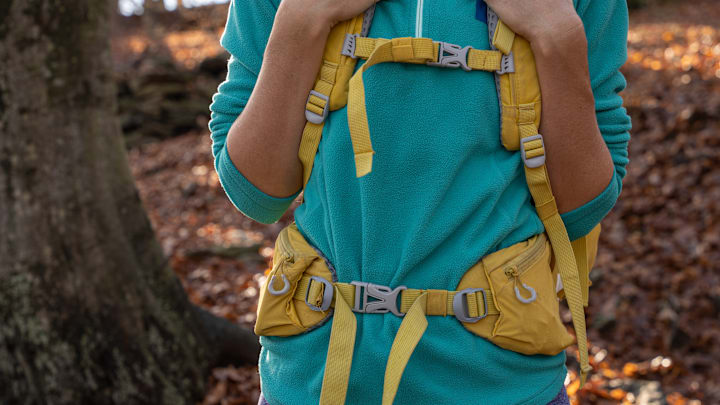If you’ve ever looked closely at the chest strap buckle on a hiking backpack, you may have noticed a small hole. It turns out that many hiking and outdoor backpacks come with a built-in emergency whistle, discreetly embedded right into the strap. It might seem like an unnecessary extra—but that tiny whistle might just save your life.
Where Is My Backpack’s Built-In Whistle?
The whistle is usually located on the buckle of the chest strap (also known as the sternum strap), which means it’s positioned right at the center of your chest. This makes it easily accessible and hard to lose.
You can always purchase a separate emergency whistle; many experienced hikers do carry extras clipped to their packs. But the benefit of having a whistle built into your sternum strap is accessibility. In an emergency—especially if you’re injured—you may not be able to reach into a pocket or dig through your bag. Having the whistle right on your chest means it's ready when you need it without extra digging.
Not all hiking packs come with a built-in whistle on the sternum strap, so you’ll want to inspect yours before heading out into the woods.
Why You Should Always Hike With an Emergency Whistle
If you get lost, separated from your group, or find yourself in an emergency and unable to move easily, shouting may not be your best option. Yelling for help can exhaust you quickly; your voice also has surprisingly limited reach.
A whistle, on the other hand, is designed to carry sound farther with less effort. A good emergency whistle can reach volumes of up to 120 decibels, making it audible from a distance of 1 to 2 miles. In dense forest areas where visibility is low, a whistle’s high-pitched tone cuts through the noise and alerts rescuers a lot faster than a voice would.
Knowing how to use an emergency whistle is just as important as knowing it’s there. One distress signal people use in the outdoors to signal for help is three short blasts, each around two to three seconds long, followed by a pause. Repeat the pattern a few times and listen for a response. You can also use a whistle to emit the SOS signal: three long whistle blows, followed by three short blasts, followed again by three long blows.
These whistle signals help search and rescue teams quickly notice that someone is in need, as opposed to mistaking the noise for animals or other wood-related sounds.
Read More About Hiking:
